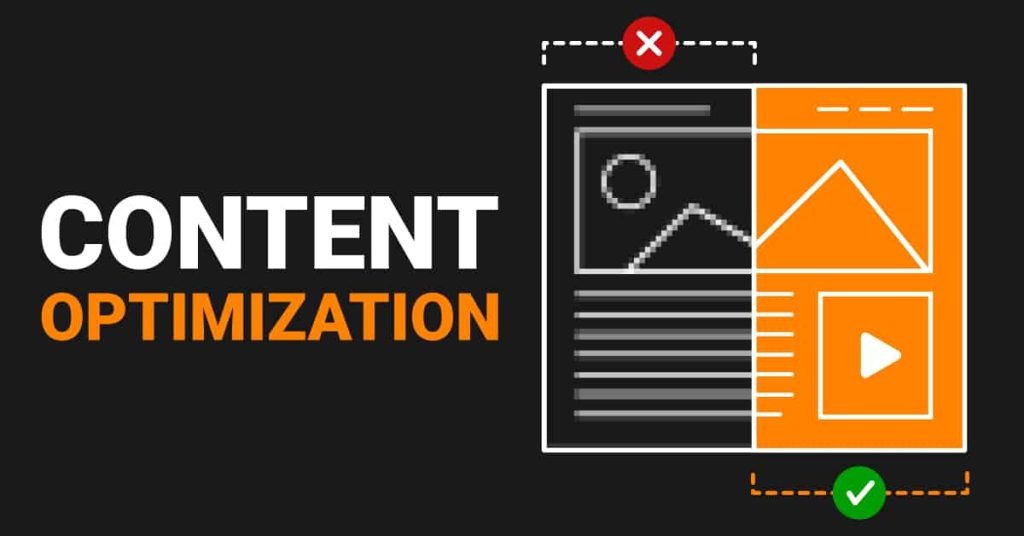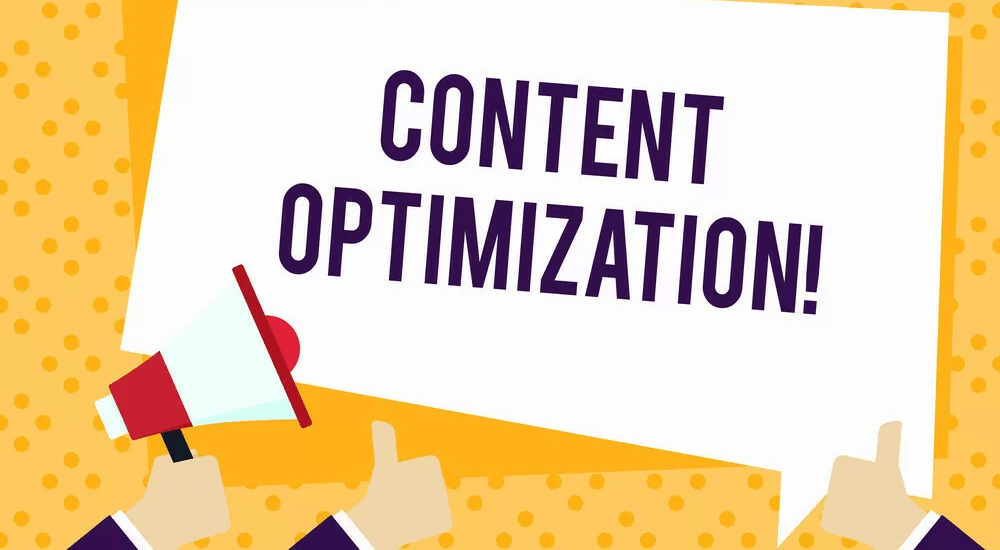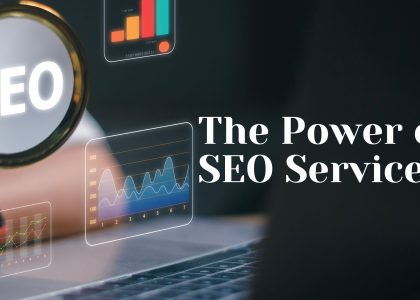Content optimization is an essential practice for anyone looking to enhance their digital presence, whether it’s a personal blog, an e-commerce website, or a corporate site. Properly optimized content can significantly improve your website’s search engine rankings, drive more organic traffic, enhance user experience, and ultimately lead to higher engagement and conversions. This comprehensive guide will walk you through everything you need to know about content optimization, offering detailed strategies and best practices to ensure your content reaches its full potential.
What is Content Optimization?
Content optimization refers to the process of improving various aspects of your content to make it more appealing to search engines and users. This involves a combination of SEO techniques, user experience improvements, and strategic content enhancements. The goal is to ensure that your content is not only discoverable by search engines but also valuable and engaging for your audience.
Why Content Optimization Matters
Content optimization is crucial for several reasons:
- Improves Search Engine Rankings: Well-optimized content is more likely to appear at the top of search engine results pages (SERPs), increasing visibility and driving organic traffic.
- Enhances User Experience: Optimized content is easier to read and navigate, providing a better experience for users, which can lead to longer site visits and lower bounce rates.
- Increases Engagement and Conversions: Engaging content that resonates with your audience can lead to higher engagement rates, including likes, shares, comments, and conversions.
Key Elements of Content Optimization

1. Keyword Research and Integration
Identifying Relevant Keywords
Keyword research is the foundation of content optimization. It involves identifying the terms and phrases that your target audience is using to search for information related to your content. Tools like Google Keyword Planner, Ahrefs, SEMrush, and Moz Keyword Explorer can help you discover relevant keywords with high search volume and low competition.
Strategic Keyword Placement
Once you have identified your target keywords, it’s crucial to incorporate them strategically into your content. This includes placing keywords in:
- Title Tags: The title of your content should include your primary keyword.
- Headings and Subheadings: Use keywords in your H1, H2, and H3 tags to signal the structure and main points of your content.
- Meta Descriptions: Write concise meta descriptions that include your primary keyword to improve click-through rates.
- Body Content: Integrate keywords naturally throughout your content, avoiding keyword stuffing.
- Image Alt Text: Add descriptive alt text to images, including relevant keywords to improve image search rankings.
2. Creating High-Quality, Engaging Content
Providing Valuable Information
Your content should provide genuine value to your audience by addressing their needs, questions, and pain points. This involves conducting thorough research and presenting accurate, informative, and useful information.
Writing Engaging Content
To keep your audience engaged, write in a clear, compelling, and conversational style. Use storytelling techniques, include anecdotes, and ask rhetorical questions to make your content more relatable and interesting.
3. Structuring Your Content for Readability
Using Headings and Subheadings
Break your content into sections using headings and subheadings. This not only makes your content easier to read but also helps search engines understand the structure and main topics of your content.
Short Paragraphs and Sentences
Avoid long blocks of text by writing short paragraphs and sentences. This enhances readability and keeps your audience from feeling overwhelmed.
Utilizing Bullet Points and Lists
Present information clearly and concisely by using bullet points and lists. This format is easy to scan and helps highlight important points.
4. Integrating Multimedia Elements
Images and Videos
Incorporate relevant images, infographics, and videos into your content to make it more engaging and visually appealing. Visual elements can help illustrate points, break up text, and keep readers interested.
Alt Text for Images
Add descriptive alt text to images to improve accessibility and SEO. Alt text provides context for search engines and helps visually impaired users understand the content of your images.
5. Leveraging Internal and External Links
Internal Linking
Link to other relevant pages on your website to keep users engaged and improve site structure. Internal links help distribute link equity and signal to search engines the hierarchy and relationship between pages.
External Linking
Include links to reputable external sources to provide additional value and credibility. External links can support your claims, provide further reading, and enhance the user experience.
6. Optimizing Meta Tags and Descriptions
Crafting Compelling Title Tags
Your title tag is one of the most important on-page SEO elements. Craft a compelling, keyword-rich title that accurately reflects the content of the page and entices users to click.
Writing Informative Meta Descriptions
Write concise, informative meta descriptions that include your primary keyword and encourage users to click on your link. Although meta descriptions don’t directly affect rankings, they can impact click-through rates.
7. Ensuring Mobile Optimization
Responsive Design
Ensure your content is accessible and looks great on all devices, including smartphones and tablets. A responsive design adapts to different screen sizes, providing a seamless user experience across devices.
Improving Page Speed
Optimize images, leverage browser caching, and minimize CSS and JavaScript to improve page loading times. Faster loading pages enhance user experience and can positively impact search rankings.
8. Enhancing User Engagement and Tracking Performance
Including Clear Calls to Action (CTAs)
Include clear and compelling CTAs to guide users towards desired actions, such as subscribing to a newsletter, downloading a resource, or making a purchase.
Using Analytics to Monitor Performance
Use tools like Google Analytics to track your content’s performance, understand user behavior, and make data-driven improvements. Analyzing metrics like page views, bounce rates, and conversion rates can help you identify areas for optimization.
Best Practices for Content Optimization
Keeping Content Up-to-Date
Regularly update your content to keep it fresh and relevant. Outdated information can hurt your credibility and rankings, so periodically review and refresh your content to ensure it remains accurate and useful.
Using Data-Driven Insights
Analyze your audience’s behavior and preferences to create content that resonates with them. Use data from analytics tools to understand what topics, formats, and styles are most effective.
Leveraging Social Proof
Incorporate testimonials, reviews, and case studies into your content to build trust and authority. Social proof can validate your claims and encourage users to engage with your content.
A/B Testing
Experiment with different headlines, images, CTAs, and content layouts to determine what works best for your audience. A/B testing allows you to optimize elements of your content based on actual user behavior.
Staying Informed on SEO Trends
SEO is constantly evolving, so it’s important to stay informed on the latest trends and algorithm updates. Follow industry blogs, attend webinars, and participate in forums to keep your knowledge up-to-date.
Advanced Content Optimization Techniques

1. Schema Markup
Schema markup is a form of microdata that helps search engines understand the content on your pages. By adding schema markup to your HTML, you can enhance the appearance of your search results with rich snippets, which can improve click-through rates.
2. Voice Search Optimization
With the rise of voice-activated assistants like Siri, Alexa, and Google Assistant, optimizing your content for voice search is becoming increasingly important. This involves using natural language and long-tail keywords that mimic the way people speak.
3. User-Generated Content
Encourage your audience to create content related to your brand, such as reviews, testimonials, and social media posts. User-generated content can enhance your SEO, build community, and provide fresh perspectives.
4. Featured Snippets
Featured snippets are selected search results that appear at the top of Google’s SERPs, providing a quick answer to a user’s query. To increase your chances of appearing in a featured snippet, create content that directly answers common questions and is structured in a way that’s easy for Google to extract.
5. Content Repurposing
Repurpose your content in different formats to reach a wider audience. For example, turn a blog post into an infographic, video, podcast, or social media post. This not only maximizes the value of your content but also helps you reach users who prefer different types of media.
Conclusion
Content optimization is a multifaceted process that involves a combination of SEO techniques, user experience improvements, and strategic content enhancements. By implementing the strategies and best practices outlined in this guide, you can ensure your content is discoverable, valuable, and engaging, ultimately driving more traffic, engagement, and conversions.
Remember, content optimization is an ongoing process. Regularly review and update your content, stay informed on the latest trends, and continuously refine your strategies based on data-driven insights. With dedication and effort, you can create optimized content that resonates with your audience and achieves your business goals.
Ready to optimize your content and boost your SEO? Start implementing these strategies today and watch your content’s performance soar! Hire Us Now







Spot on with this write-up, I honestly believe that this amazing site needs a great deal more attention. I’ll
probably be back again to see more, thanks for the info!